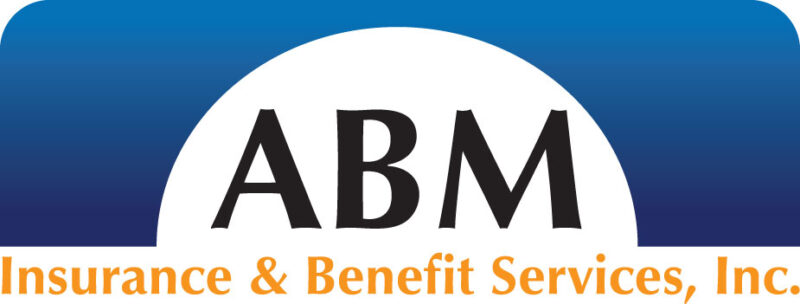Most of the Social Security cost-of-living adjustment will be used to pay for higher Medicare Part B premiums.
The standard Medicare Part B monthly premium will be $134 in 2018, the same amount as in 2017. But many retirees who have been paying less than the standard rate for the past several years will see a jump in their premiums. Here’s a look at how much you can expect to pay for Medicare Part B premiums in 2018.
Held harmless. Medicare Part B payments are prevented by law from reducing Social Security payments by Social Security’s “hold harmless” provision. Social Security recipients didn’t get a cost-of-living adjustment in 2016 and only received a very low 0.3 percent cost-of-living adjustment in 2017, so they continued to pay premiums that were less than the standard rate charged to new enrollees and other people not protected by Social Security’s “hold harmless” rule. Now that Social Security beneficiaries will receive a 2 percent cost-of-living adjustment in 2018, much or all of the gain may go toward Medicare Part B premiums. “Part B enrollees who were held harmless in 2016 and 2017 will see an increase in the monthly Part B premium from the roughly $109, on average, they paid in 2017,” according to a statement from the Centers for Medicare and Medicaid Services.
The CMS estimates that 42 percent of Medicare Part B beneficiaries will see their Medicare premiums grow to $134 because the cost-of-living adjustment to their Social Security benefit will be greater than or equal to the amount that is necessary to increase their Medicare premium to the standard rate. “The majority of people who were protected by hold harmless will see a fairly significant increase in their premiums. That’s because their Social Security cost-of-living adjustment is large enough to cover the Medicare increase,” says Tricia Neuman, director of the Program on Medicare Policy at the Kaiser Family Foundation. “For some, it will take up the full income from their Social Security cost-of-living adjustment.” However, CMS estimates that about 28 percent of Part B enrollees will continue to pay less than the full monthly premium of $134 because the increase in their Social Security benefit will not be large enough to cover the full Medicare Part B premium. “The hold harmless provision is designed to protect people so that the Part B premium doesn’t result in a reduction in the Social Security check,” Neuman says.
The standard rate. Retirees who newly enroll in Medicare in 2017 or 2018 pay the standard monthly premium of $134 per month. Those who signed up for Medicare without claiming Social Security benefits or who are directly billed for their Medicare Part B premium also pay the standard rate. Low-income retirees who are eligible for both Medicare and Medicaid generally have their premiums paid by state Medicaid agencies. Medicaid pays the standard premium on behalf of the qualifying beneficiary.
High-income retirees. Retirees with high incomes are required to pay more for Medicare Part B. Those with an income that exceeds $85,000 as an individual or $170,000 for married couples have $53.50 added to their monthly rate for a total premium of $187.50. Seniors with retirement income between $107,000 and $133,500 ($214,000 to $267,000 for couples) must pay $267.90 per month for Medicare Part B in 2018, and monthly premiums further increase to $348.30 per month for retirees bringing in between $133,500 and $160,000 ($267,000 to $320,000 for couples). Wealthy retirees with incomes above $160,000 ($320,000 for couples) must pay $428.60 per month for Medicare Part B.
Late enrollees. You first become eligible to sign up for Medicare Part B during the months around your 65th birthday. If you sign up later, and you weren’t covered by a group health insurance plan through your or a spouse’s job while you delayed enrolling, you will be charged a 10 percent late enrollment penalty for each 12-month period you were eligible for Medicare Part B but delayed enrolling. For example, if your initial enrollment period ended on September 30, 2015, but you don’t sign up for Medicare Part B until March 2018, your premiums will be 20 percent higher for the rest of your life due to two full years of delayed enrollment. In this case, the late enrollment penalty would increase the 2018 premium from $134 to $160.80 per month. “Some people miss their enrollment period, and unless they are covered by active employment, they will get a penalty,” says Leslie Fried, senior director of the Center for Benefits Access at the National Council on Aging. “If you are five years late and you didn’t have other insurance through active employment, then you could be hit with an additional 50 percent penalty.”
If you have any questions, contact our Medicare experts- Crystal Calaway or Mike Alexander Sr. at our ABM offices; call 1-800-362-2809 or see our Medicare page or check out one of our many interviews on the page like how to save money with Medicare here.
